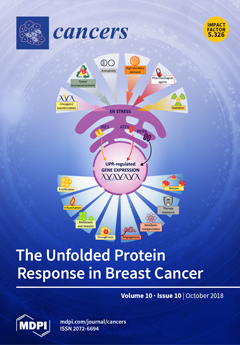1
University Clinic for Neurosurgery, Kepler University Hospital, Johannes Kepler University, Wagner-Jauregg-Weg 15, 4020 Linz, Austria
2
Department of Neurosurgery, Medical University of Vienna, Währinger Gürtel 18-20, 1090 Vienna, Austria
3
Institute of Neurology, Medical University of Vienna, Währinger Gürtel 18-20, 1090 Vienna, Austria
4
Department of Internal Medicine and Neurooncology, Kepler University Hospital, Johannes Kepler University, Wagner-Jauregg-Weg 15, 4020 Linz, Austria
5
Clinical Division of Medical Oncology, Department for Internal Medicine I, Medical University of Vienna, Währinger Gürtel 18-20, 1090 Vienna, Austria
6
Department of Neurology, Medical University of Innsbruck, Christoph-Probst-Platz 1, Innrain 52, 6020 Innsbruck, Austria
7
Department of Neurosurgery, Medical University of Innsbruck, Christoph-Probst-Platz 1, Innrain 52, 6020 Innsbruck, Austria
8
Department of Neurology, University Clinic St. Pölten, Karl Landsteiner Privat Universität, Dunant-Platz 1, 3100 St. Pölten, Austria
9
Department of Neurosurgery, Landeskrankenhaus Salzburg, University Clinic of the Paracelsus Private Medical University, Müllner Hauptstraße 48, 5020 Salzburg, Austria
10
Department of Neurosurgery, Medical University of Graz, Auenbruggerplatz 29, 8036 Graz, Austria
11
Department of Internal Medicine 2, Donauspital, Langobardenstraße 122, 1220 Vienna, Austria
12
Department of Neurosurgery, Friedrich-Alexander-Universität Erlangen-Nürnberg, Schwabachanlage 6, 91054 Erlangen, Germany
13
Department of Blood Group Serology and Transfusion Medicine, Medical University of Vienna, Währinger Gürtel 18-20, 1090 Vienna, Austria
14
Activartis Biotech GmbH, Wilhelminenstraße 91/IIf, 1160 Vienna, Austria
†
These authors contributed equally to this work.
add
Show full affiliation list
remove
Hide full affiliation list






